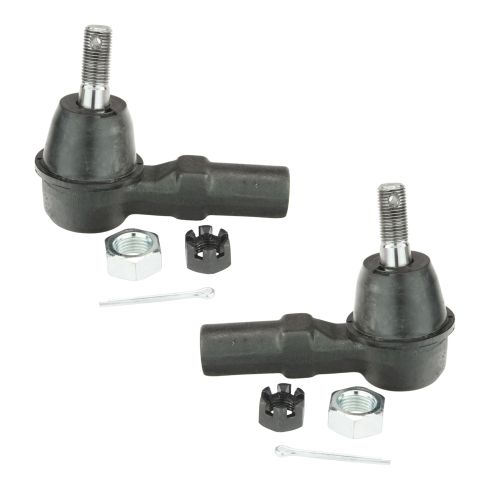1ASFK00291-Toyota Lexus Scion Front Driver & Passenger Side Outer 2 Piece Tie Rod Set TRQ PSA54811

Replaces
2009 Scion xD Front Driver & Passenger Side Outer 2 Piece Tie Rod Set TRQ PSA54811

Product Reviews
Loading reviews
4.86/ 5.0
7
7 reviews
Worked fine.
April 28, 2018
Not sure if it was an issue with this product or not, but I had trouble twisting one of them on. Otherwise, its been great so far
tie rod ends
July 12, 2019
It's been three weeks since I installed my tie rod ends and my
car handles beautifully. Excellent video on how to install. It's as
easy as it looks. I am very happy with 1A Auto.
June 15, 2021
Parts fit perfect and the videos are perfect
1A auto is the best!
October 13, 2021
I am very grateful that 1A auto is there to make parts available for my 2000 Toyota minivan as a retired man on a fixed income, responsibly priced and the free shipping arrived in 2 days! I would and do suggest people to use 1A auto! :)
Very satisfied!!!
May 22, 2022
Delivered on time, and fitted to the tea ?????!!
Thank you
June 2, 2022
Great
Working great
September 12, 2023
I can't complain
Customer Q&A
This tierod end a factory sealed or has grease fittings?
March 16, 2017
10
These tie rod ends are sealed units, pre-packed with grease, no zerks.
March 17, 2017
Tim K
Scion is a registered trademark of Toyota Motor Corporation. 1A Auto is not affiliated with or sponsored by Scion or Toyota Motor Corporation.
See all trademarks.










